When the hospitality sector re-emerged, most reservations were online, with allocated time slots for dining, and data capture for contact tracing and credit card details.
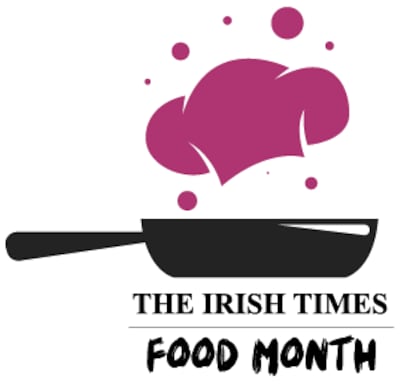
Much of the innovation, from the use of QR codes for Covid digital certs, menus and wine lists, was deployed to minimise contact; and while the pandemic may have driven technical transformation in the dining room, in the kitchen it was chaos.
Devoid of technology, orders were recorded in hard-backed notebooks and unleashed on suppliers through an amalgam of voicemails, WhatsApp messages, text messages, photos of lists and faxes. For the hapless suppliers, who receive hundreds of voicemails from chefs each evening, it is a nightmare.
“People were coming in early at three or four o’clock in the morning, to listen to these voicemails, transcribing using pen and paper, handing that piece of paper to somebody who would then input it into a machine and produce a delivery docket, and they’d use that delivery docket to take the order,” says Barry McNerney, co-owner of Junior’s and Paulie’s restaurants and Lotts & Co grocery stores.
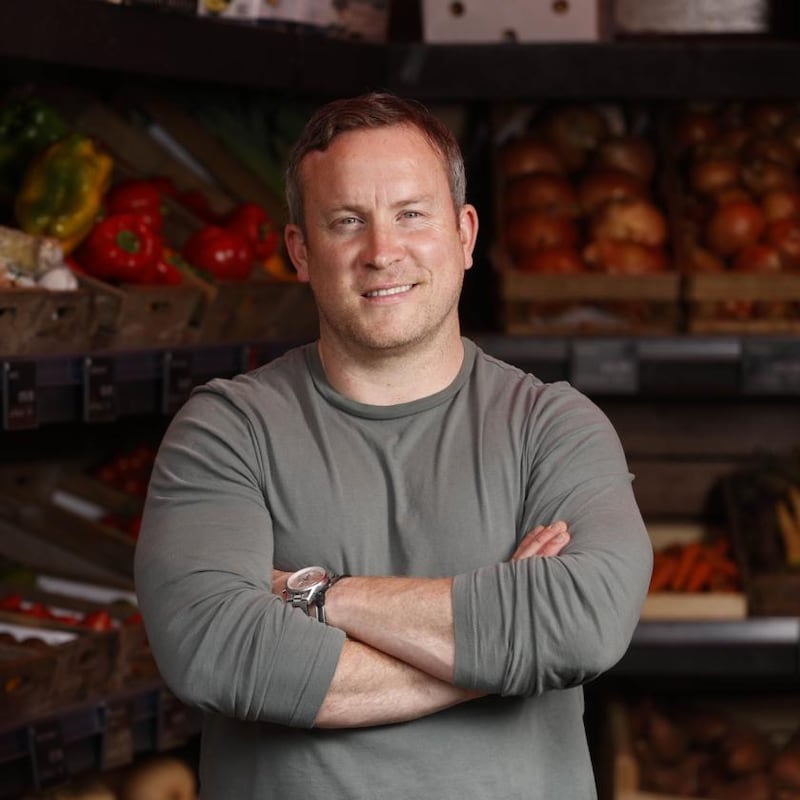
It is hard to believe that this was the case until recently. Busy restaurant kitchens are inhospitable places for computers, but more sophisticated smartphones in the past three to four years have brought software and technology into these small congested spaces.
McNerney is the chief executive and co-founder of Unify Ordering, a collaborative ordering platform which he developed in 2018 with Louis Williams and Paul Lawless. It allows cafes and restaurants to digitally place orders with wholesale suppliers, and for a fee they can access data for accounting purposes, and track and analyse their spend.
There are now more than 3,000 restaurants in Ireland using the platform, with direct access to more than 300 suppliers, ranging in size from La Rousse Foods to artisan producers.
For small producers such as Toby Simmonds of Toonsbridge Dairy, not only has it shortened the supply chain, giving him direct access to chefs, it has shaved off five hours of administration each day.
With monthly transactions in excess of €10 million, McNerney says Unify has reduced the cost of orders by 90 per cent, helped reduce the carbon footprint on both sides, and increased sales through the application of data analytics to devise tailor-made promotions.
Insights and analytics from big data have become increasingly valuable for most industries, and the hospitality sector, although lagging behind, is no exception.
Reservation booking engines such as ResDiary not only take reservations, deposits and capture information on customer preferences and food allergies; they can be used to manage seating plans, sell vouchers and build a GDPR-compliant database, which facilitates personalised marketing applications using email, SMS and notifications.
Some feel that technology at the table is exclusionary, impersonal and rude, and detracts from the magic of the dining experience; others welcome what they view as a safer, more sustainable option
A little-known feature I discovered recently when I was looking for a booking at Pilgrims in Rosscarbery, Co Cork, is the ability to be added to ResDiary’s standby list, which automatically notifies you in the event of a cancellation.
Darren D’Arcy, restaurant manager in Volpe Nera in Dublin, has also added the facility to their booking system; others, such as Chapter One, continue to manage their cancellation list manually.
While these sophisticated ordering and reservation systems are here to stay, there are questions around the continued use of QR codes and on-premise digital ordering systems.
In countries such as Spain, adoption has been widespread, but a quick straw poll on Twitter would indicate that on our shores, consumer sentiment is mixed. Some feel that technology at the table is exclusionary, impersonal and rude, and detracts from the magic of the dining experience; others welcome what they view as a safer, more sustainable option.
Top-end restaurants such as Chapter One and Restaurant Patrick Guilbaud have been using a combination of QR codes for menus and iPads for wine lists and will continue to do so in the current environment. For the most part, the iPad wine list has been well received.
Danny Desmond, restaurant manager at Chapter One, plans to continue using it. But at Restaurant Patrick Guilbaud, restaurant manager Stéphane Robin says they will return to their bound wine list further down the line. This despite the fact that updating all 20 copies of the list is an onerous, daily task.
In Volpe Nera, D’Arcy has noticed that the ability to access their seven-page wine list using a QR code has meant diners take advantage of more browsing time and, in many cases, made more adventurous choices, selecting something different from their usual Albariño or Malbec.
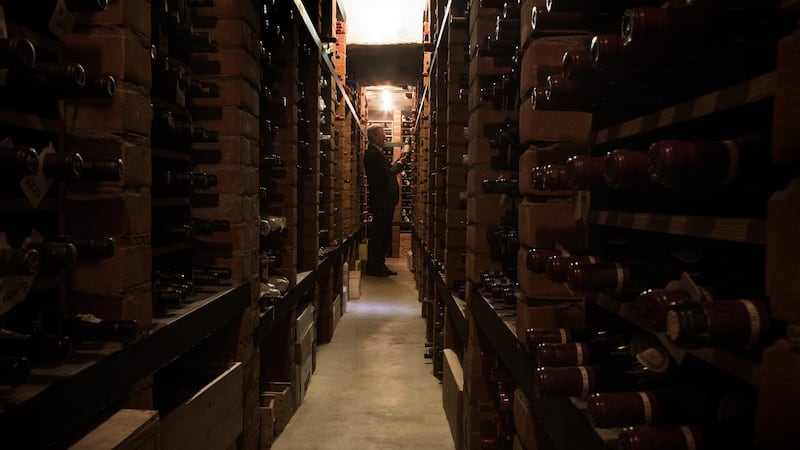
QR codes, perhaps really come into their own as a seamless experience in a more casual environment, where diners can scan the QR code, browse a menu, place their order and pay from their phone.
Sitting at a riverside table at Pot Duggan’s in Ennistymon this summer, it was a joy to be able to order drinks without the need to flag down a waiter. Other places adopting the technology include Nutbutter and Drury Buildings in Dublin, Good Day Deli and Cafe Izz in Cork, and Harry’s Shack in Portstewart, Co Derry.
This technology is here to stay, according to Claire Sweeney of Flipdish, particularly in the quick service and mid-market segments, where growth has “gone through the roof”.
For the operator, it has the advantage of being faster, safer and more convenient. It speeds table turnover and reduces staff headcount. It also captures customer ordering data, which can be leveraged to design personalised offers and experiences.
Decidedly less personalised, but also experiencing growth, are kiosk ordering systems, popularised by fast food operators such as McDonald’s, and now being used in Fired Pizza at Londis on the DCU campus, Green Mango in Sandyford and O’Reilly’s Fish and Chips in Castlemartyr, Co Cork.
The growth experienced by food deliveries in the pandemic is not diminishing, with aggregators such as Deliveroo and Just Eat driving it further, offering access to multiple restaurants through an online portal. This comes at a cost to restaurants, with aggregators pocketing up to 30 per cent of the customer spend, leaving margins painfully tight.
In an effort to offset this additional cost, Brody Sweeney, owner of the Camile Thai restaurant chain, has been reviewing the use of robotics in his kitchen in an effort to reduce labour costs and increase efficiencies. While there has been much publicity around cocktail-making robots and Servi, a robot that uses cameras and laser sensors to carry plates of food from the kitchen to diners, robotics on a cooking line sound more perfunctory.
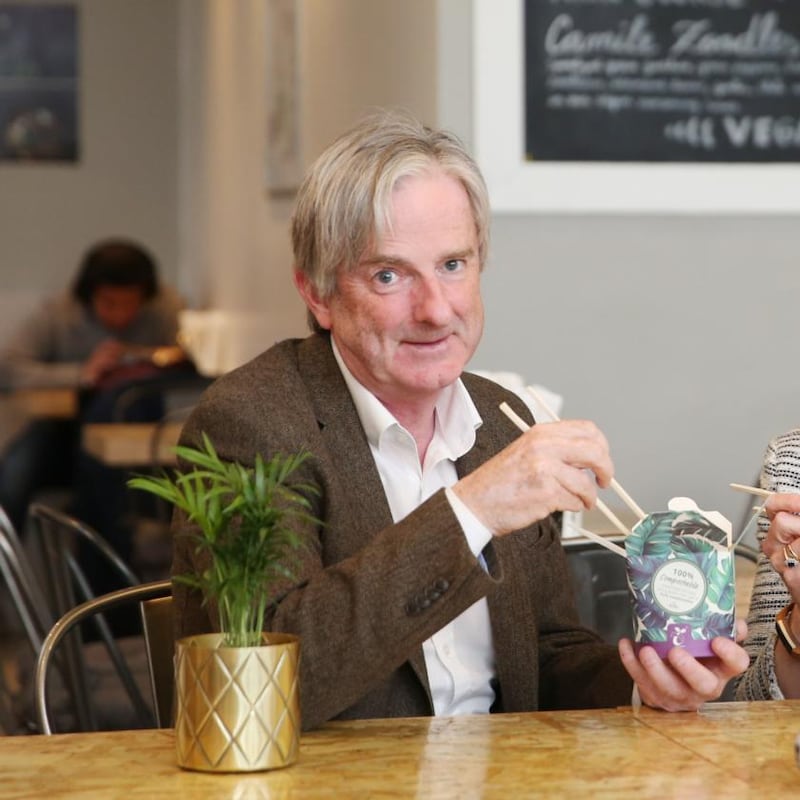
“Wok cooking is labour intensive, a chef can maybe do two dishes at the one time. But with a semi-automatic wok cooker, he could probably do four or five,” says Sweeney. “The semi-automatic cooker will do the agitation bit, tossing it, get the temperature exactly right and turn it off so that it doesn’t get burnt. We’re testing prototypes. If that works, in theory it might reduce the labour on the cook line by 50 per cent and would help off-set the cost of Deliveroos.
“I’m not worried about creating mass unemployment, because you can’t get labour for any price at the moment and, secondly, history shows that where robotics are introduced into industry, say cars, those workers get redeployed into more productive areas.”
Recruiting his own drivers for deliveries has also proved to be an issue, and Sweeney believes that the use of drones for delivery is closer than we think. After a successful trial in Oranmore in partnership with Manna using its aviation-grade drones, he has a second trial planned in Balbriggan next month.
Sweeney plans on using them for deliveries in a year. When they are operating fully, he says, they will be cheaper, quicker and more environmentally friendly: a renewable energy powered drone rather than a 2-tonne car.
As people increasingly forgo carrying cash, Sweeney has also adopted the use of the Strike app, which enables customers to tip delivery drivers using a contactless payment system. This in turn has huge application for use in restaurants, in light of the new legislation being brought in by the Government to ensure that hospitality staff retain tips paid by customers. (Fun fact, analytics fans: according to Oli Cavanagh, chief executive of Strike, northside Dubliners tip higher than southsiders.)
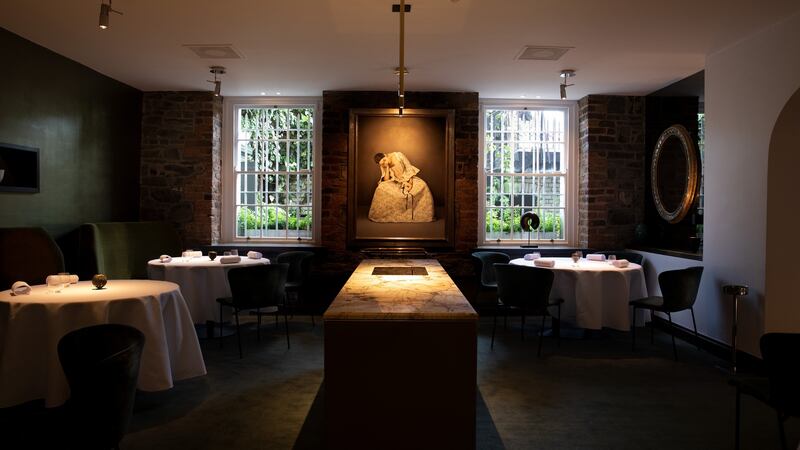
Other innovations in the industry include the use of artificial intelligence (AI) to identify and quantify food waste. While supermarkets can visually clock their level of food waste, chefs in a busy kitchen are generally unaware of what goes in the bin. Positive Carbon, founded by Aisling and Mark Kirwan, who previously worked for Food Cloud, allows restaurants to track what is being put into bins in order to cut food waste, carbon emissions and save on food costs.
“The restaurant industry is very hot right now in terms of technology. It’s ripe for disruption,” says McNerney of Unify. “I know that within the industry, there’s an acute staff shortage and it’s difficult to get skilled staff at the moment. I don’t know if that will change, or it’s just a temporary thing. But it is difficult. So, I think, we do need to embrace technology in certain places where it’s going to make life easier.
“I don’t know about the actual cooking. Maybe in a burger joint or something you could get robots to do it, but in terms of a sit-down restaurant with good food being served, it’s very difficult. I’m not sure I really want to go there just yet. You need to be careful to keep the magic.”













